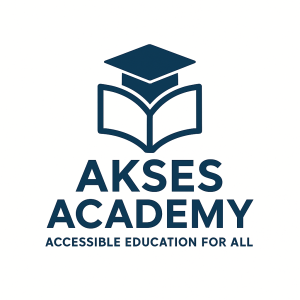👂 Listening (DSKP 1.1.1, 1.2.1, 1.2.2, 1.2.4, 1.2.5) — Unit 4: Lunchtime
Objective: Assess pupils’ ability to recognise food- and number-related words (e.g., sandwich, apple, banana, milk, one to ten), follow short spoken instructions, and understand both the main idea and specific details in very simple sentences and questions about food and quantities.
Activities
Listen and Choose the Correct Picture
Pupils hear food words or simple phrases such as an apple, a cheese sandwich, two bananas, and click or drag to match the correct picture.
Listen and Choose the Correct Number
Pupils listen to short sentences involving quantities, e.g., I have three apples or There are five sandwiches, and select the correct number.
Listen and Write the Numbers and Food
Pupils hear short phrases or sentences, e.g., Two oranges and one sandwich, and type the correct number and food words.
Grading (auto TP from % score)
-
90–100 → TP6: Understands food- and number-related spoken text (main idea and details) and responds accurately and independently.
-
76–90 → TP5: Responds accurately with minimal support to questions and instructions about food and numbers.
-
61–75 → TP4: Understands main ideas and some details with support; answers simple food and number questions.
-
41–60 → TP3: Recognises familiar food and number words and follows simple instructions with guidance.
-
21–40 → TP2: Recognises a few familiar food or number words and sounds with support.
-
0–20 → TP1: Recognises only a few sounds or single words with strong support.
Suggested DSKP Elements (Listening, aligned to Unit 4)
-
1.1.1 Recognise and reproduce with support a range of high-frequency phonemes (e.g., /a/ in apple, /s/ in sandwich).
-
1.2.1 Understand with support the main idea of very simple phrases or sentences (e.g., identifying food items in chants or short texts).
-
1.2.2 Understand with support specific details in very simple phrases or sentences (e.g., numbers and quantities like three apples, five sandwiches).
-
1.2.4 Understand short supported instructions (e.g., Circle the apple, Write the number 3).
-
1.2.5 Understand short supported questions (e.g., How many oranges are there?, Is it an apple?).
